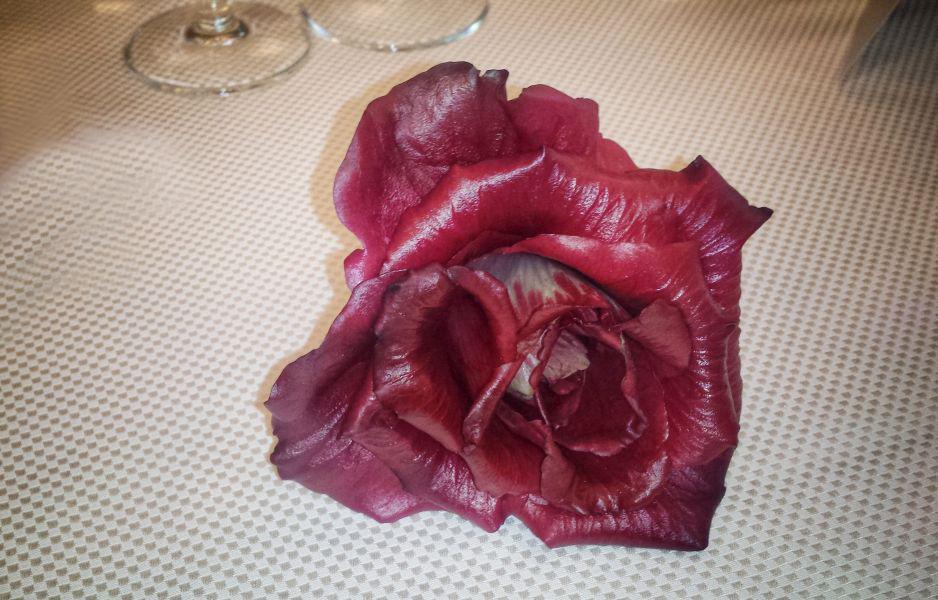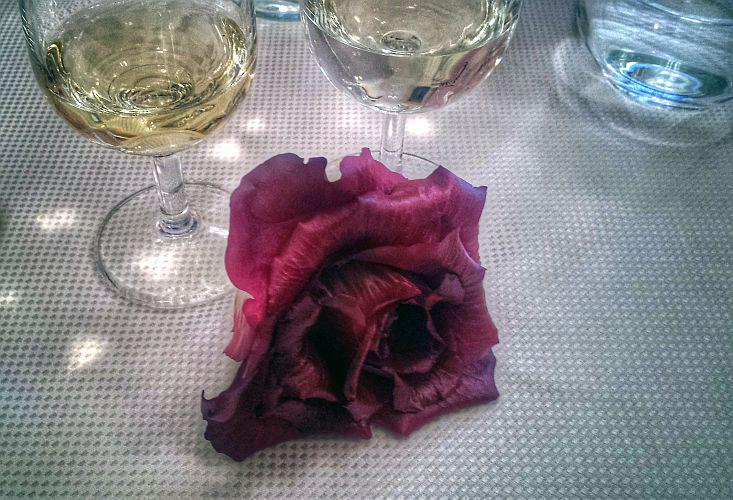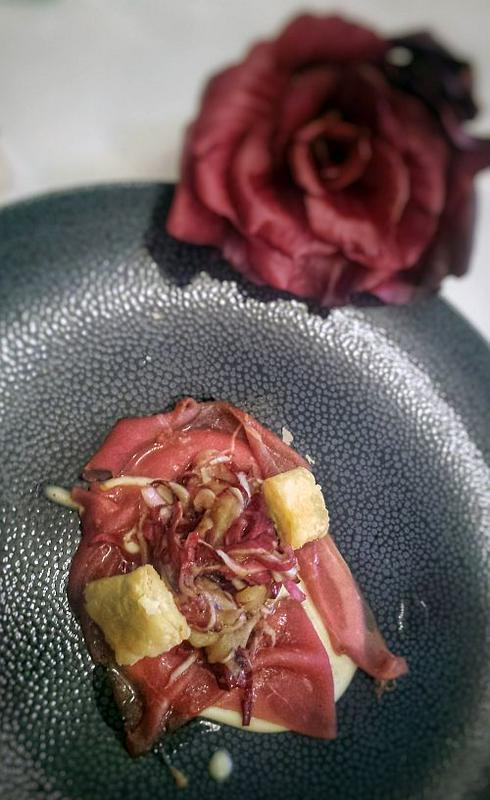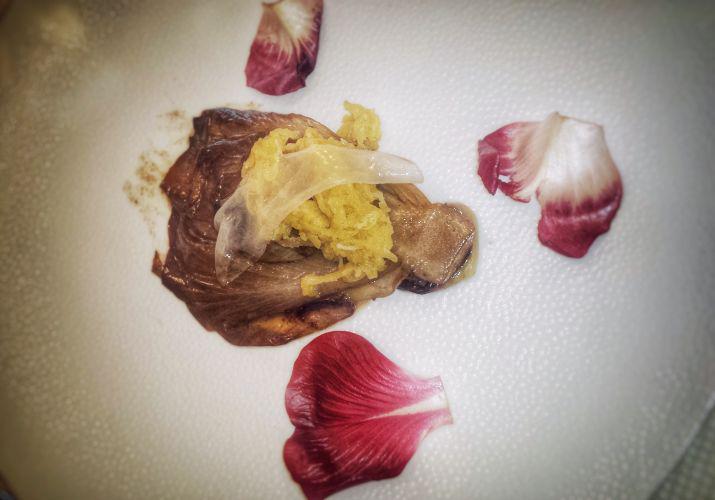The Radicchio chicory of Gorizia or Solkan, locally called "sukenski regut", or the rose of Gorizia because that's how it looks, is nothing new. It has been grown for 150 years, and had been praised by the Austro-Hungarian gentry, but, according to the publicist Tomi Gomišček, the author of the book Goriški radič (Radicchio of Gorizia), this vegetable can be compared to "the art of Leonardo da Vinci - never completed; every next year every grower wants to improve it, to make it slightly better".
And in spite of the fact that basically we are speaking of the ordinary chicory, growers grow their own seed, and transfer the knowledge to the next generation. They invest a lot of energy and sense of aesthetic into selection of the most beautiful radicchio plants in order to get the most rose look-alike form of the vegetable, which is praised also as an antioxidant.
So, it can be considered a work of art. The number of growers of the radicchio of Gorizia is small, as is the quantity of the produce grown - up to 3 tons per year. Restaurants normally book the desired quantity in advance, and consequently the prices are rather high (some 12 €/kg in the Gorizia region, and up to 25 €/kg in Ljubljana or on internet).
From salads to deserts
In the old times farmers preferred their radicchio of Solkan as a salad, with vinegar and plenty of cracklings, eggs, potatoes, and beans. In today's restaurants in the Gorizia region and in other parts of Slovenia, radicchio is prepared in a lot of different ways. Radicchio can be used for soups, risottos, pasta sauces, or stirred into polenta. It can become a filling for dumplings, or a bed for a pink tagliata. It is even used in confectionery. And following the nice Slovenian tradition, lately bitters is being made from radicchio, so that in some restaurants you can order regutino-tonic instead of gin-tonic.






































































